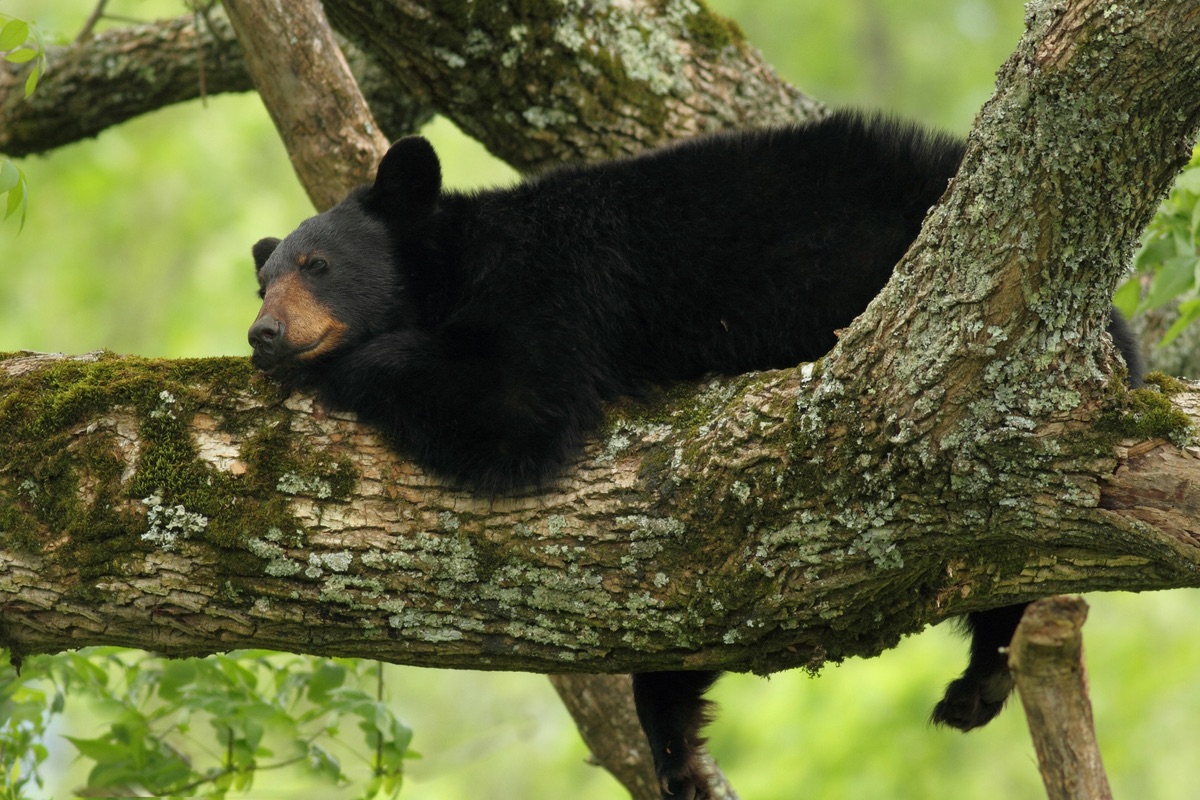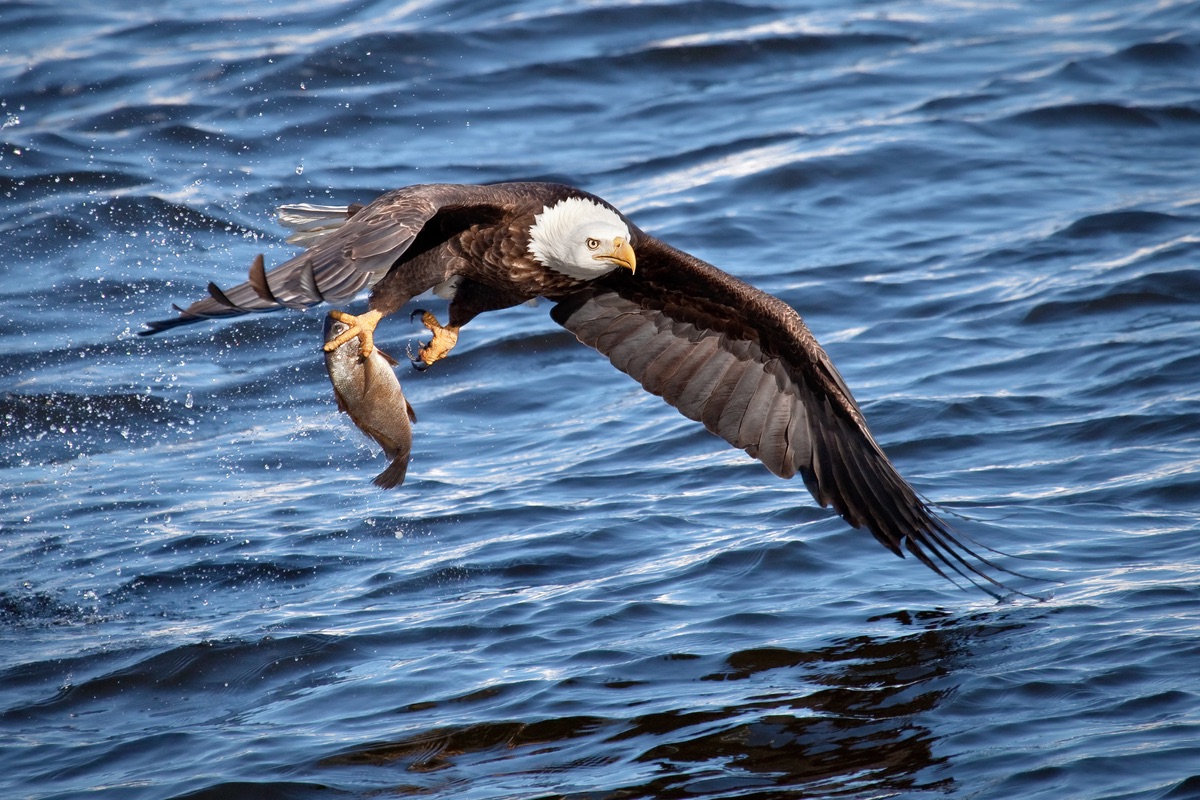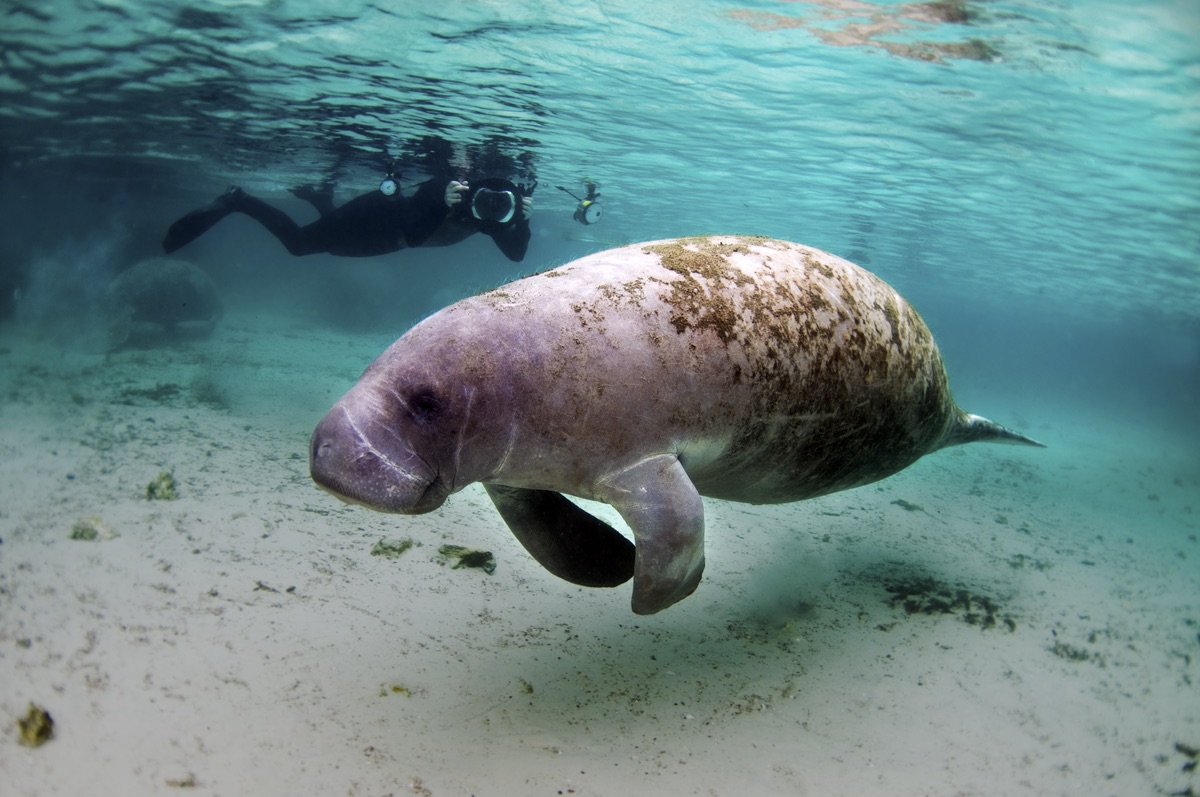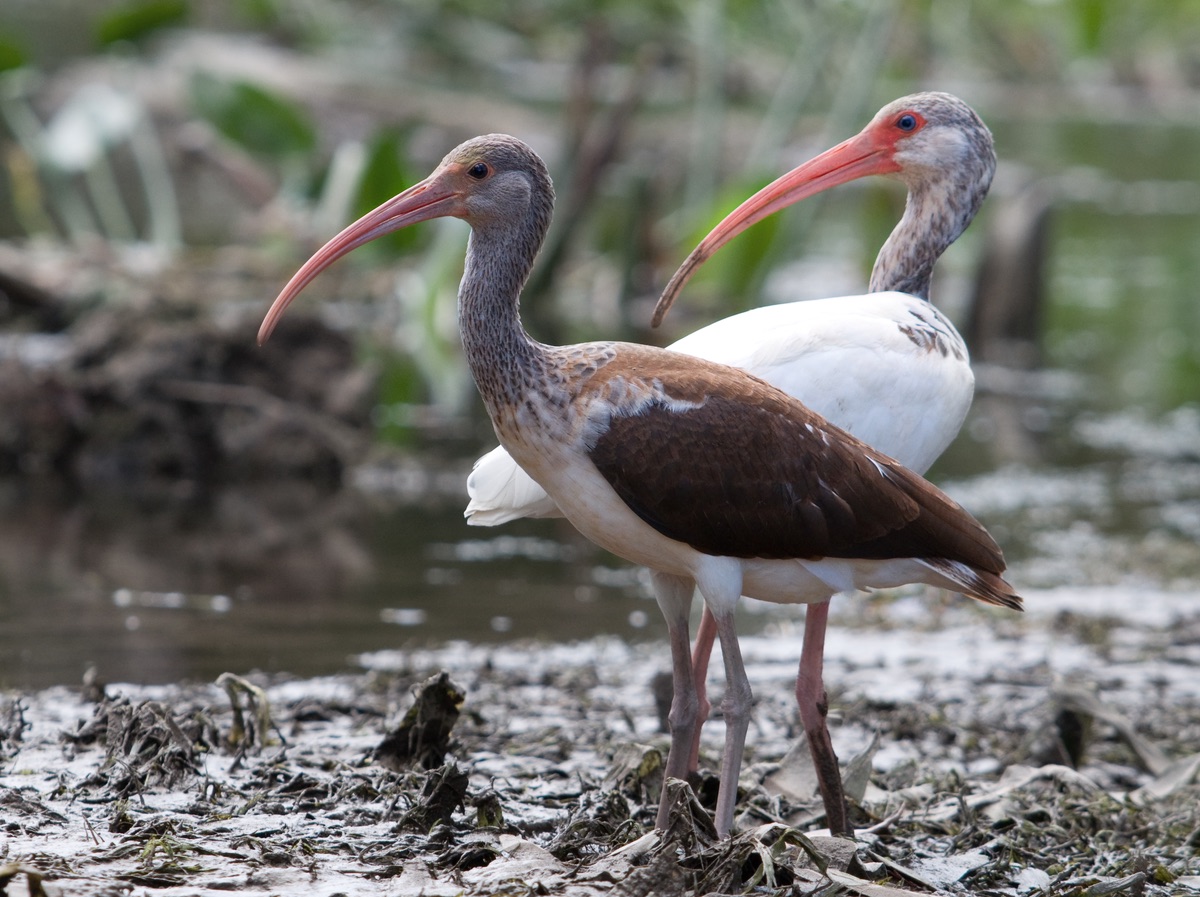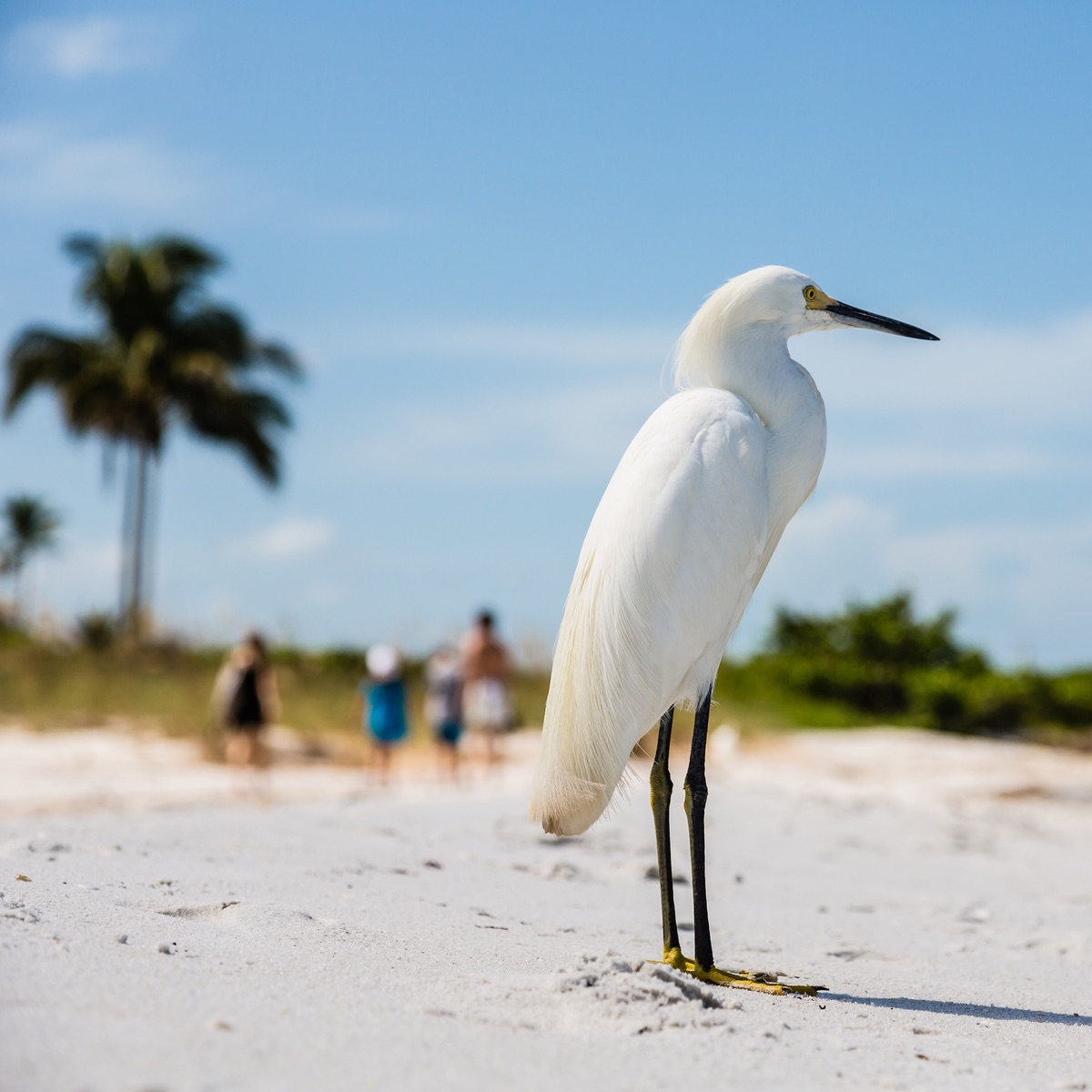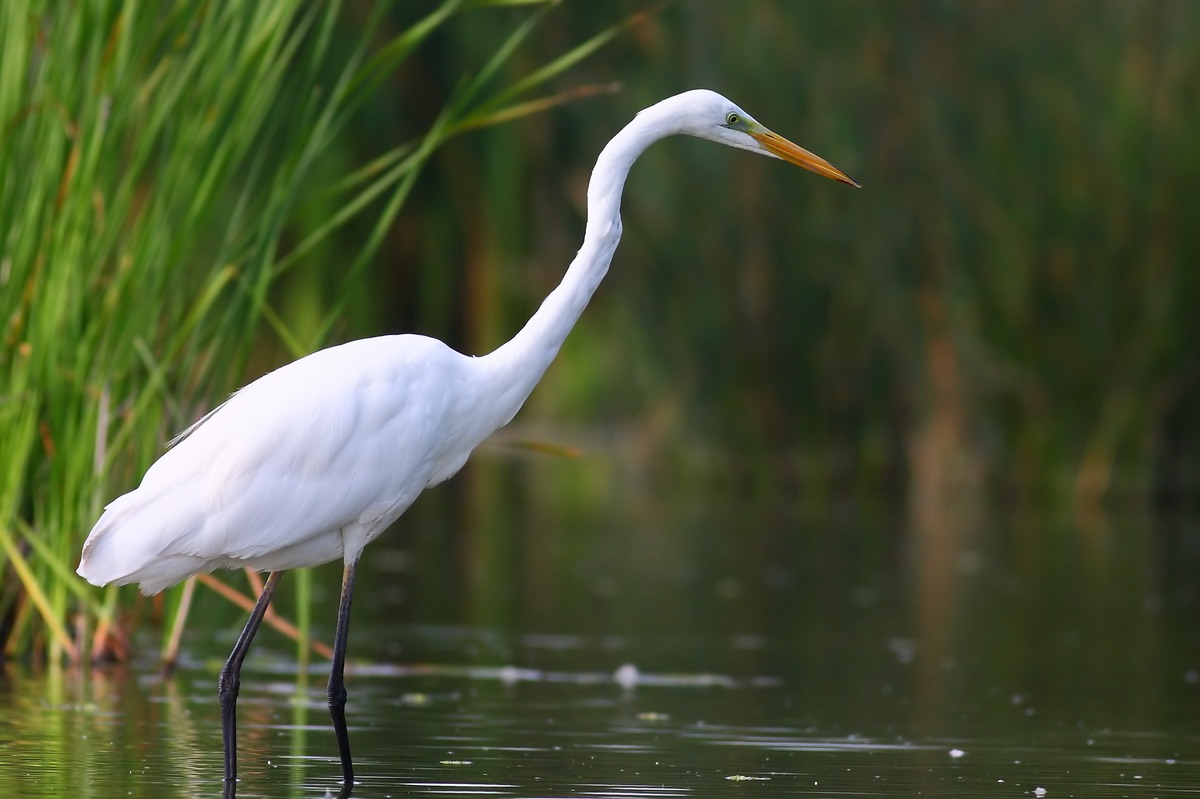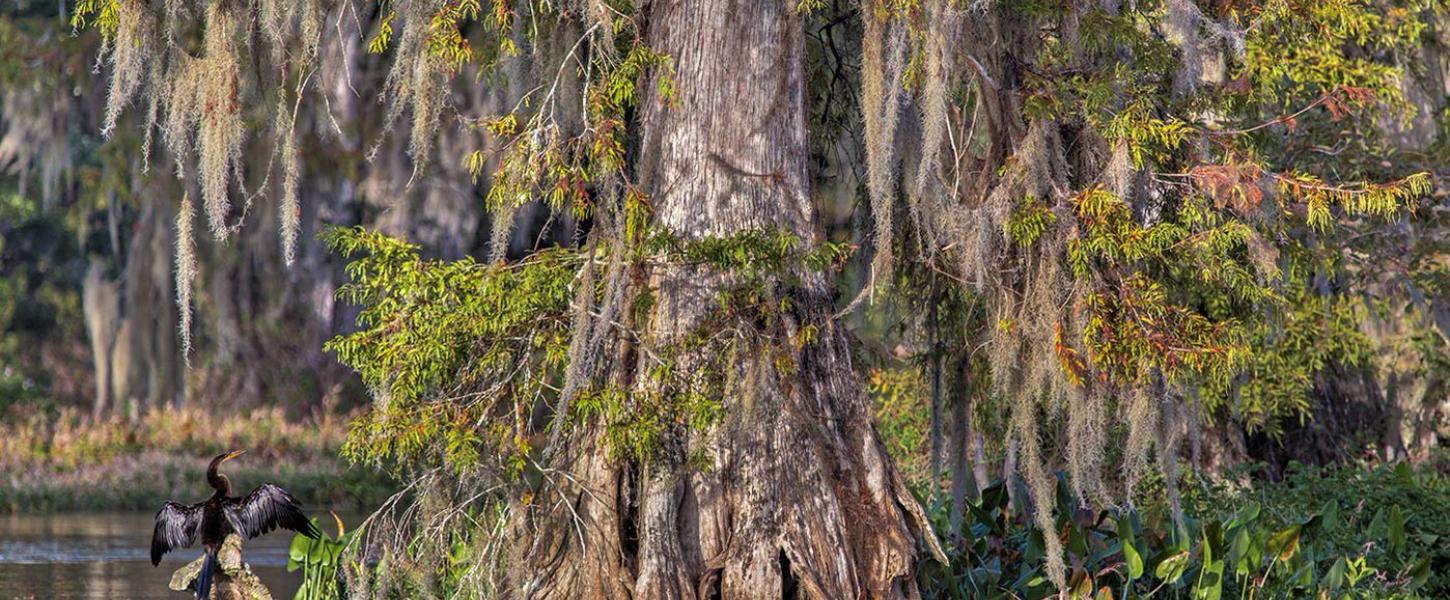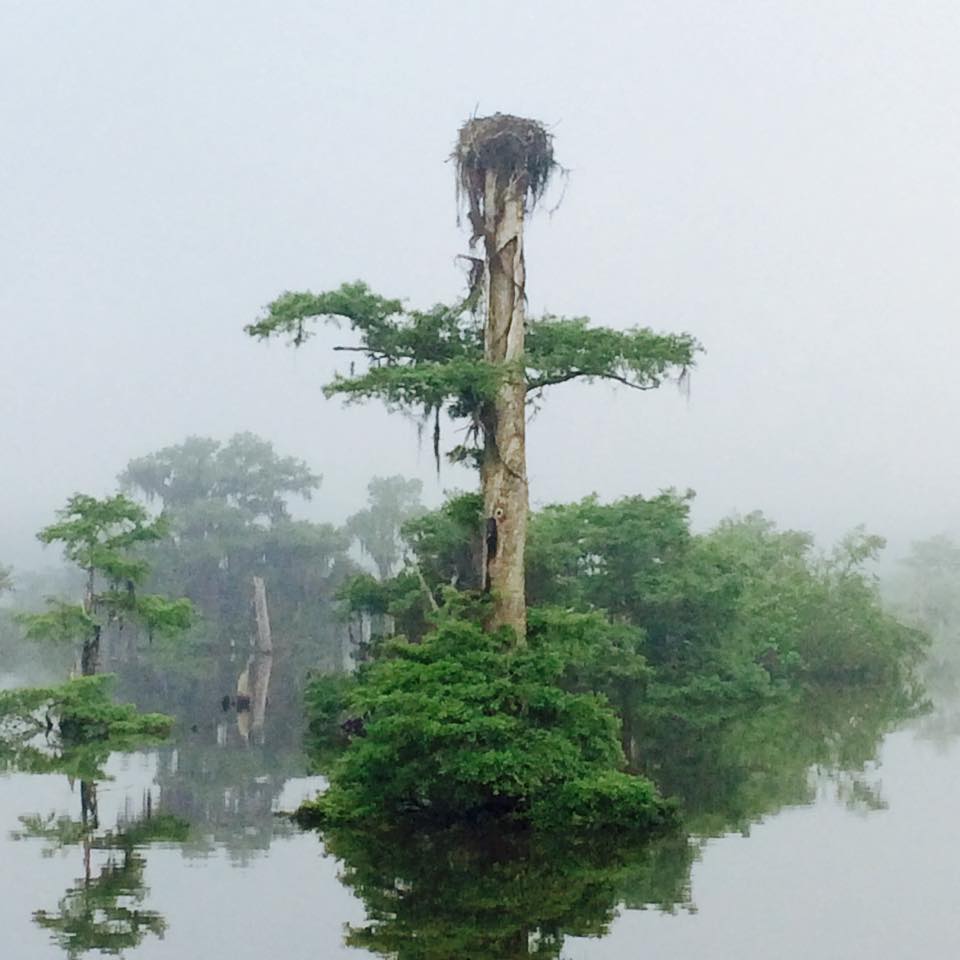Ecotourism
Mexico Beach offers nature lovers a diverse and unique experience that stands in sharp contrast to Florida’s southern Gulf Coast. At least 57 different ecosystem types occur in Northwest Florida. One doesn’t need to venture far from the pristine white-sand beaches to encounter the truly wild. Brackish tidal marshes, extensive savannas, and crystal clear springs are all just minutes away and waiting to be explored!
Meet The Locals
Paddling
One of the best ways to experience Mexico Beach and its surrounding areas is from sea level. Whether you paddle a kayak, a canoe, or a stand-up paddleboard, you’ll experience wild Florida in an intimate and personal way as you glide quietly through its rivers, canals, lakes, and bays. Several outfitter and guide services provide both rentals and guided ecotours led by experienced naturalists. Nearby Wakulla Springs State Park is a favorite, featuring the longest and deepest known submerged cave system in the world. And, for a truly primordial experience, try a paddle through the Dead Lakes.
Paddling Highlights
Wakulla Springs State Park is one of the worlds largest and deepest freshwater springs rimmed by an ancient cypress swamp.
This strangely beautiful 6,700-acre lake with dark tannic waters is located on the Chipola River near the town of Wewahitchka.
Florida is blessed with an abundance of waterways from sparkling lakes, spring runs and blackwater rivers, to extensive coastlines.
Birding
Mexico Beach is a popular destination for bird-watchers, offering the quiet relaxation of pristine white-sand beaches that the entire family will enjoy and countless opportunities for some of the best birding in the country. The area is home to hundreds of species: birds of prey, waders, coastal birds, and songbirds. It is an extremely active nesting location, as well as a resting area for migratory species.
Mexico Beach lies within one of Florida’s—and the nation’s—best bird-watching regions. Twenty-one sites on the Great Florida Birding and Wildlife Trail are located within an easy drive of Mexico Beach. This 2,000-mile, self-guided highway trail connects and unifies 515 birding and wildlife viewing sites throughout Florida. Of special note are the St. Vincent Island and the St. Marks National Wildlife Refuges.
Birding Highlights
St. Vincent National Wildlife Refuge is an undeveloped island that is part of the natural barrier forming Apalachicola Bay. Accessible only by water, the island is a true natural wonder, undisturbed by man, and a haven for threatened species such as sea turtles and red wolves. St. Vincent National Wildlife Refuge is comprised of two islands and two mainland tracts totaling approximately 12,492 acres.
St. Marks National Wildlife Refuge encompasses about 83,000+ acres in Wakulla, Jefferson and Taylor counties, and includes about 43 miles of north Florida’s Gulf coast, and is one of the oldest refuges in the nation. Many consider it to be the best birding site east of the Mississippi River. St. Marks is home to more than 150 species of birds, including more than 20 nesting pairs of American bald eagles.
Birding Resources
Wild Life Viewing
Florida is home to one of the most diverse populations of wildlife in all of North America, and Mexico Beach is certainly no exception! Wildlife can be found everywhere from the Gulf waters to crystal clear springs deep inland. Native wildlife that you might encounter during your visit could include the following:
- Florida Manatees
- Dolphins
- Sea Turtles
- Armadillos
- Deer
- Black Bears
- American Alligators
- Gopher Tortoises
- River Otters
- Fiddler Crabs
- Migrating Monarch Butterflies
- And many more!
Wildlife Viewing Resources
Wildlife viewing is at its best with a bit of planning. A small amount of preparation can lead to great success in the field. Guidebooks can help you determine where and when a species is most active. A camera or binoculars are a great way to get close to the wildlife without disturbing them. Some species, like our local dolphins, are not shy and will be happy to put on an unannounced show for you!

